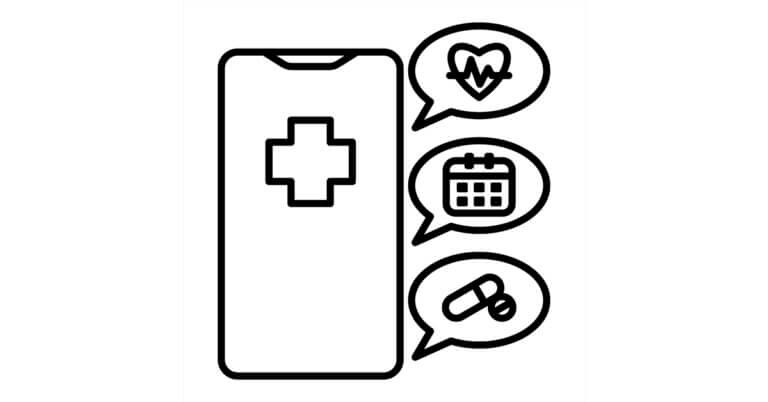November 23, 2022

Hospital Infection Regression
This latest report from the CDC on hospital infection rates gives new meaning to the term “long COVID.” The report’s findings suggest that the pandemic may have permanently damaged the ability of hospitals to prevent their patients from contracting infections while in the hospital. That’s not good.
The annual report analyzes and compares six types of self-reported healthcare-associated infections, or HAIs, from acute-care hospitals. The HAIs are:
- Catheter-associated urinary tract infections, or CAUTIs
- Central line-associated bloodstream infections, or CLABSIs
- Clostridioides difficile infections, or C. diff
- Methicillin-resistant Staphylococcus aureus infections, or MRSA
- Surgical site infections, or SSIs:
- Ventilator-associated events, or VAEs
For each type of infection, the CDC calculates a standardized infection ratio, or SIR. The SIR is the ratio between observed infections and predicted infections. A SIR less than one means there were fewer than expected infections. A SIR greater than one means there were more infections than expected. The CDC then compares the SIR for each infection with the SIR from the previous year to conclude whether infection rates are going up or down.
Whew! I hope you’re still with me.
Here’s what the CDC found based on data reported by 3,917 hospitals for 2021 compared with 2020:
- CAUTIs rose 5 percent
- CLABSIs rose 7 percent
- C. diff infections dropped 3 percent
- MRSA infections rose 14 percent
- SSIs were unchanged
- VAEs rose 12 percent
In short, last year, four types of HAIs went up, one went down, and one stayed the same. Again, that’s not good.
If you follow this stuff, you know that the rates for most HAIs were going down prior to the pandemic. Then, in 2020, the rates for most HAIs went up with the CDC citing hospitals’ reaction to the pandemic as the likely cause. Hospitals shifted infection control resources to COVID patients. Hospitals stopped following infection control protocols because they were too busy with COVID patients. Hospitals were short-staffed as frontline caregivers themselves contracted COVID virus.
The pandemic ebbed in 2021, but most HAI rates continued to rise. Why?
“In 2021, the nation and the world continued to experience unprecedented challenges due to the COVID-19 pandemic, which impacted surveillance for and incidence of HAIs,” the CDC said. “Compared to pre-pandemic years, hospitals across the nation experienced higher than usual hospitalizations and shortages in healthcare personnel and equipment, which may have resulted in deterioration in multiple patient safety metrics since the beginning of the pandemic.”
What the CDC is saying is patient volume went up in 2021 but staffing levels went down. Fewer people taking care of more patients equals more infections. Yet again, that’s not good.
I think, without any proof, doctors, nurses, medical technicians and other clinicians who provide direct patient care regressed in terms of infection control best practices. It’s hard to develop good habits. It’s easy to fall back into old ones. Especially when you’re overworked and burned out.
I also think the traveling nurse and temporary staff situation had something to do with it. Who has time to learn or follow the infection control policies and protocols at every hospital when you’re moving from one hospital to the next every few weeks? I thought the hand wash was over there. Oh well.
Whatever the reason, the new CDC numbers show we’re going backward on hospital infection control and patient safety. Let’s hope it’s an acute problem that will go away quickly and not a chronic problem that will be with us forever.
To learn more about this topic, please listen to the Sept. 17, 2021, episode of our 4sight Health Roundup podcast, “Public Health Reporting and Hospital Infections in the Pandemic Age,” on 4sighthealth.com.
Thanks for reading. And listening.





